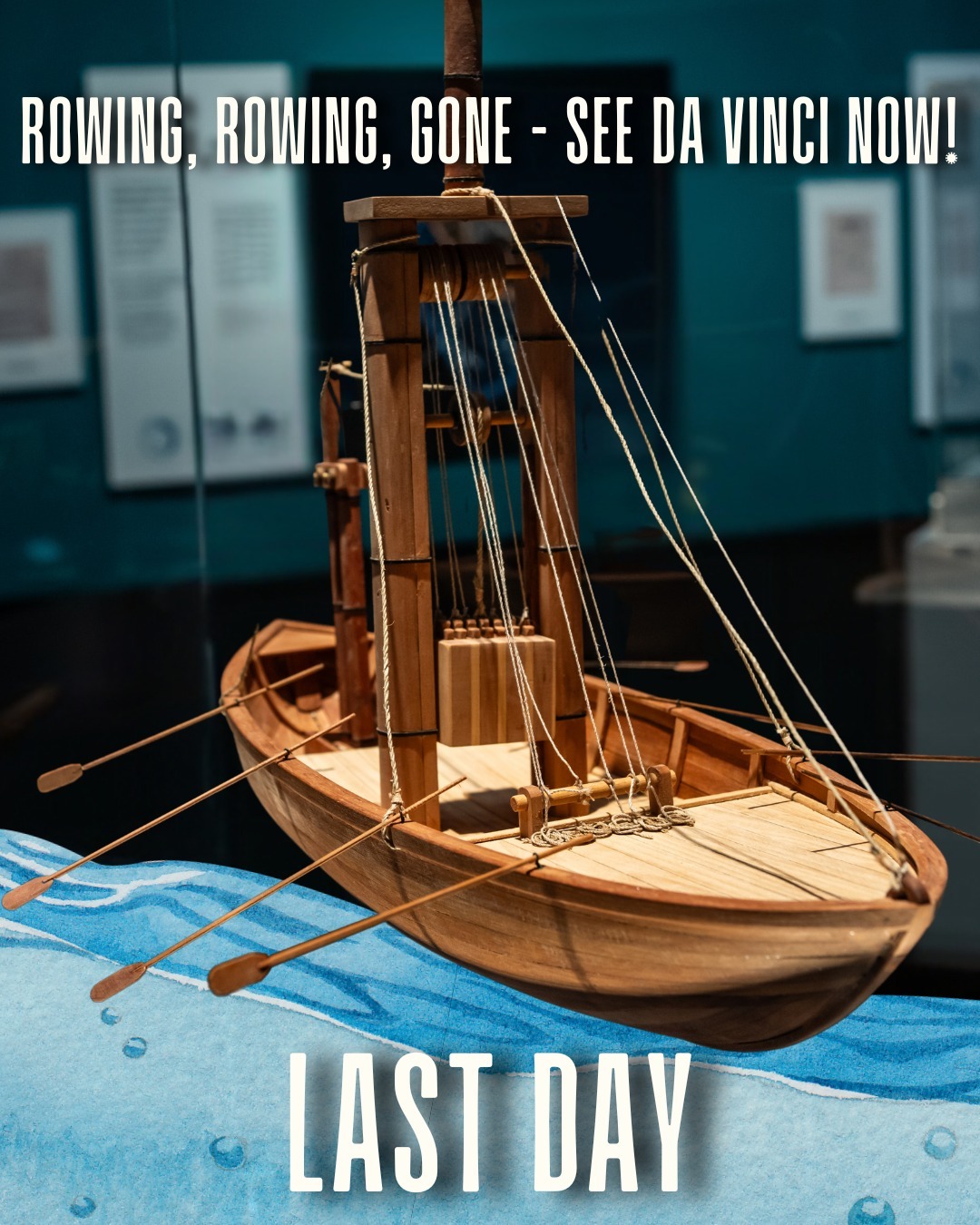- Explore the intricate connection between Leonardo da Vinci’s inventions and their animal inspirations.
- Understand the significance of da Vinci’s contributions in fields like mechanics and anatomy.
- Discuss the conservation lessons inspired by da Vinci’s keen observations of the natural world.
- Highlight the role of historical exhibitions in modern wildlife conservation education.
- Examine the lasting impact of Leonardo da Vinci’s work on contemporary zoological and ecological studies.
Leonardo da Vinci is remembered as a titan of innovation and art, yet his fascination with the natural world often goes underappreciated. His work provides a profound insight into biological processes and animal behavior, which have indirectly influenced modern zoology and wildlife conservation practices. Despite today’s focus on his visual art and mechanical inventions, da Vinci’s contributions extend deeply into fields like anatomy and natural studies, inspiring scientists and conservationists centuries later.
Leonardo’s deep observation of animals and natural phenomena greatly informed his mechanical designs. Da Vinci meticulously sketched various animals, from horses to birds, drawing parallels between their anatomical structures and his mechanical creations. For instance, his study of bird wings directly influenced his designs for human flight apparatus, a concept strikingly ahead of his time. The parallels between avian anatomy and mechanical engineering illustrate da Vinci’s intuitive grasp of biomechanics—a field now crucial for the development of prosthetics and robotics.
His insights stretched beyond mechanics. Da Vinci’s anatomical studies included detailed examinations of horses and other animals, reflecting an understanding of physiology that was rare during the Renaissance. His drawings reveal a detailed comprehension of muscle structure and function, embodying scientific precision that contemporary fields like veterinary medicine continue to build upon. Leonardo’s observational drawings remain indispensable for understanding animal anatomy, showing anatomy not just as a static study but as a dynamic, mechanical system akin to the operation of his inventions.
In considering da Vinci’s work, it is impossible to ignore the conservation lessons they inspire today. Leonardo was keenly aware of the interconnectedness of all living things. His observations emphasized nature’s role as a teacher, offering insights for human innovation from its biological blueprints. This respect for natural processes encourages modern conservationists to treat the environment as a living system, one that humans must learn from and preserve. Just as Leonardo studied animals to design his machines, conservation efforts today rely on understanding ecosystems to sustain biodiversity.
Exhibiting Leonardo’s work provides more than just historical insight. Presentations of his creations in museums serve as pivotal educational tools to highlight the importance of keen observation in both science and art. Through these exhibitions, visitors can witness the extent of Leonardo’s scientific curiosity and its relevance to contemporary ecological challenges. They offer a vantage point to understand how foundational scientific inquiry has been to wildlife conservation, delivering important messages about biodiversity and ecological balance.
Modern zoological studies and ecological research continue to feel the ripple effects of Leonardo da Vinci’s work. His innovations not only enriched his era but have continued to inform technologies and conservation methods long after his time. Da Vinci’s ability to draw from the natural world for both inspiration and understanding presents a model for interdisciplinary approaches that blend art, science, and environmental awareness. Inspired by da Vinci, present-day scientists and conservationists are developing policies and technologies that mimic natural processes, providing sustainable solutions to environmental issues.
As such, Leonardo da Vinci’s legacy is palpable in numerous fields, but especially in zoology and conservation. His visionary ideas presage modern practices, serving as a testament to the enduring value of his work. Leonardo’s synthesis of observation and creativity, along with his recognition of the inherent ingenuity of nature, make him an enduring figure of inspiration in ecological and zoological studies. Just like the exhibitions that celebrate his contributions, his legacy remains rowing, rowing, gone—forever moving forward in time, informing and inspiring the next generations of scientists and conservationists alike.
*****
Source Description
ROWING, ROWING, GONE! Today is the 𝗟𝗔𝗦𝗧 𝗗𝗔𝗬 to see LEONARDO DA VINCI! 🛶
⛵𝗗𝗢𝗡’𝗧 𝗠𝗜𝗦𝗦 𝗬𝗢𝗨𝗥 𝗖𝗛𝗔𝗡𝗖𝗘 to journey into the world of da Vinci and marvel at all of his incredible inventions!
🎟️Get tickets now at californiasciencecenter.org/davinci before it’s too late!

